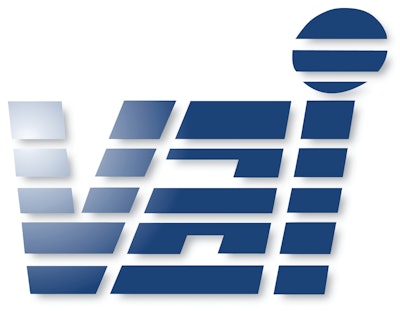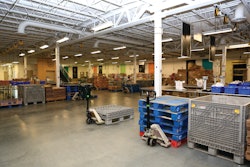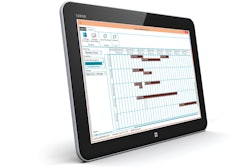
Many food manufacturers today do not follow proper procedures for lot control tracking. If the right technology is not in place to enable it, lot control tracking can be a very time-consuming and arduous process. With today’s tighter food safety regulations, suppliers must have a lot control tracking initiative in order to reproduce recall reports – essential documents that protect them in the event of a food recall by providing full traceability.
For example, if a food manufacturer does not produce this report immediately after a recall, that supplier may be forced to recall entire shipments nationwide if they don’t know which specific products were impaired. This lack of preparation has caused some food suppliers to go out of business because their product brands and reputations were forever tainted.
Fortunately, it is now easier that ever to institute an efficient lot control tracking process. The best practices for lot control tracking come down to three key areas: RF barcoding, RF scanning and producing labels. Lot tracking can be done at a license plate level, bin level or individual box or case level.
The case can be made that the license plate method is typically the easiest and most efficient approach to follow. When food suppliers receive a pallet of goods, they then produce a pallet license plate which has all of the lot information already on it – including shelf data, expiration date and production date. From there, the food supplier must scan every box that leaves their manufacturing floor. But with the license plate from the pallet, all they have to do is scan the license plate to get all the data they need for the recall reports. They simply create one license plate that is placed on the lower right hand corner of the pallet.
The license plate approach also offers other advantages. Food suppliers can put multiple lots in one bin which hastens the process and takes up less warehouse space. It also reduces the need to scan every single case, which saves considerable time and manpower. Some of our customers, including, a leading supplier of quality meats, and a bakery, dairy and specialty and bulk foodservice provider, follow this process and have realized great success with it.
Another customer, a leading global dessert wholesaler, does full lot control within their manufacturing capabilities. In doing so, they ensure food safety and full traceability on all of its products while providing comprehensive reports for auditors. Using VAI’s software, they now have the ability to recall all the way back to raw materials, which is very important to food processors today.
For example, we helped them track raw material lots into production which enhanced their ability to provide recall information in a faster, easier manner. They now know if an ingredient in the chain is suspect and can quickly determine which specific batches and customers have the tainted finished products featuring that ingredient.
In conclusion, new FSMA regulations have been beneficial because they ensure that food suppliers have the ability to easily recall products. However, recall can still be very expensive without the proper tracking process in place. Food suppliers must track down to the lot level especially in the event of a recall – or else they would have to recall every single one of their products off the shelves, not just the tainted ones. The ability to pinpoint a problem and just recall the products that might be suspect rather than several entire product lines, is very cost beneficial for a processor. This means they can solve the specific recall much faster and with less disruption to their business.




















